How to Prevent Razor Bumps for Your Silkiest Shave Ever



Elizabeth Denton


There’s nothing worse than taking the time to shave only to be left with irritated skin and annoying red bumps. Though it’s one of the most common skin issues out there, razor bumps on your freshly shaved skin aren’t always easy to treat—especially when you’re trying not to trigger them even further.
These red bumps are medically referred to as pseudofolliculitis barbae, or sometimes folliculitis for short, and they can be not only an eyesore but also uncomfortable and sometimes painful. So to help you on your journey to smooth legs, we chatted with dermatologist Ava Shamban, MD; laser hair removal expert Sevana Petrosian; and aesthetician Allison Pratt to find out more about what causes razor bumps, what can heal them, how to avoid them, and more.
But first, check out these smooth-skin shaving hacks.


It's about glam time you treated yourself.
MEET THE EXPERT
What Causes Razor Bumps?
“Razor burn or razor bumps are usually caused by hair removal, friction, irritation, and related inflammation,” says Dr. Shamban. There are multiple direct causes, she notes, such as friction at the skin’s surface, the pull of growing hair at the skin, or even sometimes bacteria and fungus. “People with thick, curly hair may see more skin irritation than people without,” she says.
“These bumps will typically go away within a few days with the proper care,” says Dr. Shamban. But if you have more severe skin irritation that doesn’t seem to subside, it could be caused by ingrown hairs under the skin. “They are caused when hair grows into your skin instead of out,” says Dr. Shamban. “They can cause hard, raised, and more pimple-like bumps on the skin.”


How to Treat Razor Bumps
There are a few things you can do to treat irritation that has already occurred. First things first: You should “immediately stop all hair removal from the area during treatment of an ingrown hair,” says Dr. Shamban. Ice can also help with pain and inflammation as needed. “Often razor burn and even some ingrown hairs are able to basically resolve on their own,” she says. “Therefore, you won't need to actually ‘treat’ ingrown hairs beyond gentle exfoliation, specifically when the skin is soft and warm after a bath or shower or by applying warm compresses to the area.”
However, “gently exfoliating the top layers and sloughing off any dead skin cells and any build-up obscuring the follicle may allow the hair to find its way to the surface,” she adds. Add a glycolic acid toner to your skincare routine to help gently exfoliate dead skin. Ingredients like salicylic acid, a BHA, or lactic acid can also help, says Dr. Shamban. “Coconut oil, aloe vera, apple cider vinegar, tea tree oil, or witch hazel are all good pantry provisions to treat irritation, itchiness or burning, and fight inflammation or calm the skin,” she adds.
Do not, we repeat, do not, try to DIY any type of extraction in or around that painful bump. “Extraction can just end up irritating the skin, and it can lead to scars and hyperpigmentation,” says Sevana Petrosian, founder and CEO of SEV Laser. “If the skin does end up irritated or scarred, it only increases the chances of getting razor bumps again the next time you shave.”
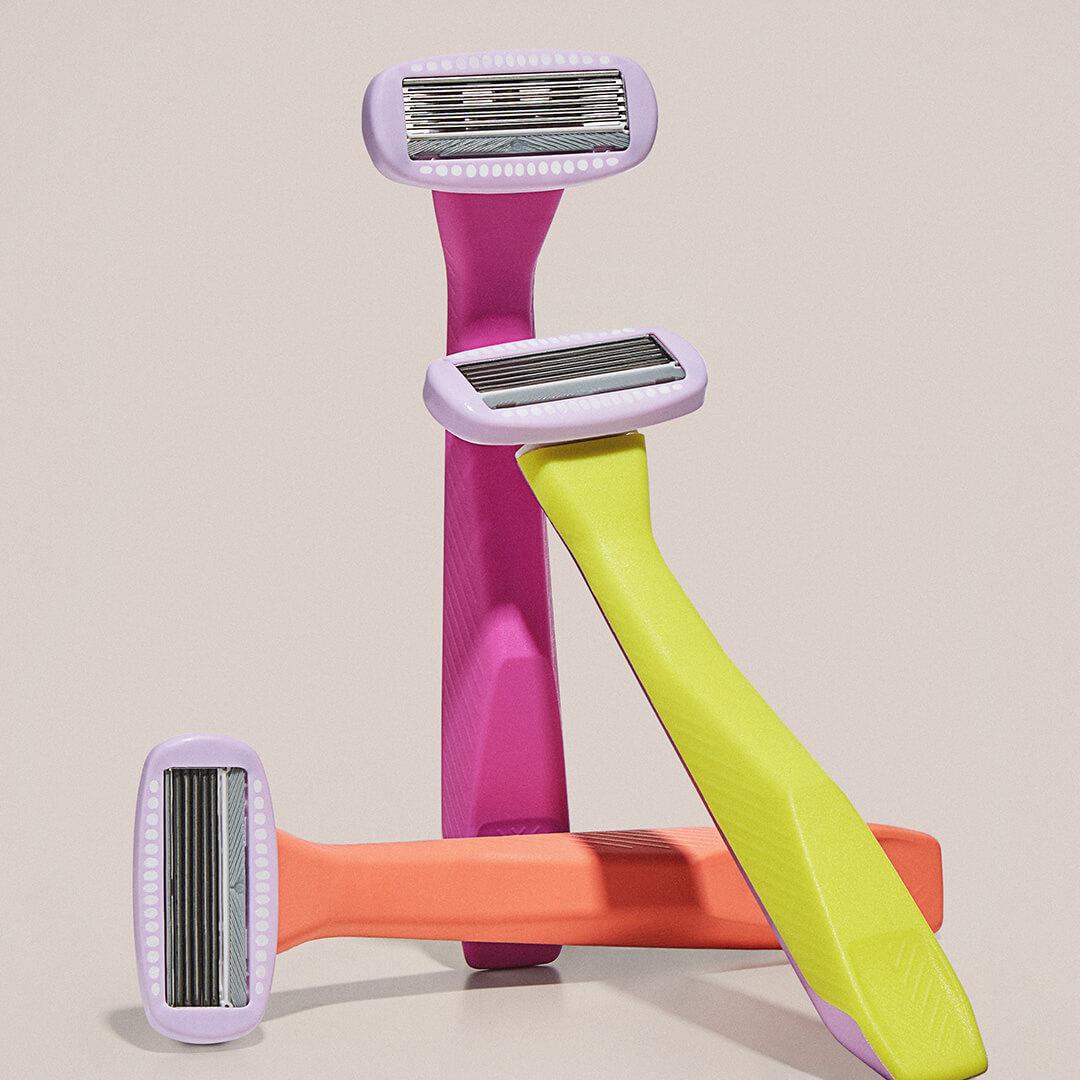

How to Prevent Razor Bumps
Looking to get rid of razor bumps? Us too. They can be tough and uncomfortable as they are irritating to your skin. Luckily, even if you get razor bumps frequently, there are many ways to prevent them with tweaks to your before-shaving routine, and aftercare too.
Remember the biggest rule to prevent razor bumps is to never aim to do dry shaving. You’ll always want a slick surface and warm water so the razor can glide across your skin.
1. Exfoliate, Exfoliate, Exfoliate
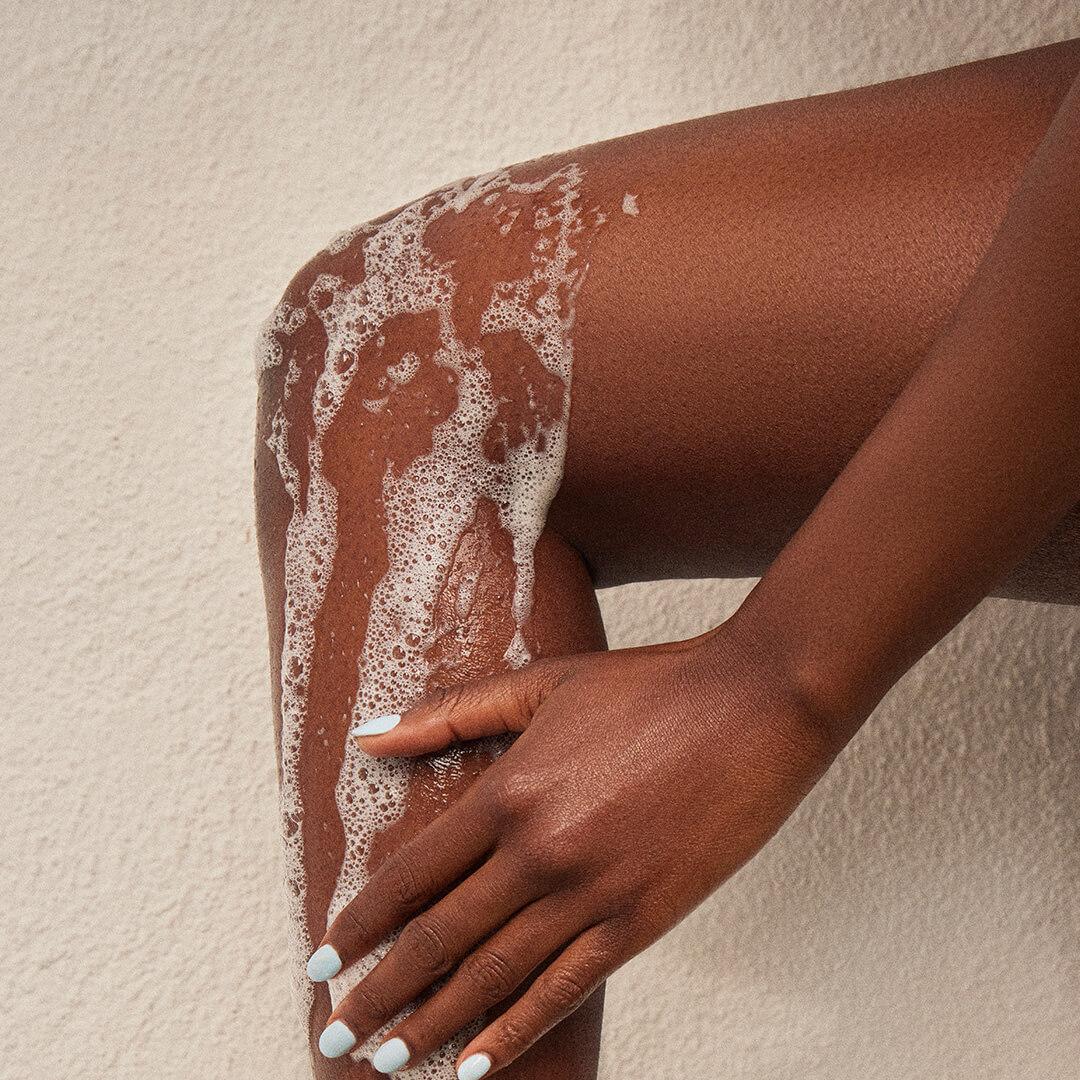

“Exfoliation is important because it gets rid of those dead skin cells that can clog the hair follicle,” says Petrosian. Use a body-specific exfoliator like the OUAI Scalp & Body Scrub that will help to remove those dead cells before you start shaving. This will ensure your skin is smooth, so nothing extra will catch on the razor, interrupting the shave. It’ll also help remove dirt and bacteria before shaving.
“Use acid exfoliants to break up the dead skin every other day, and an antibacterial ointment (or hydrocortisone cream) if skin is inflamed. Keep the area hydrated and clean to prevent them from getting worse,” says Allison Pratt, an aesthetician at VSPOT in NYC who specializes in waxing.
2. Create a Smooth, Hydrated Surface
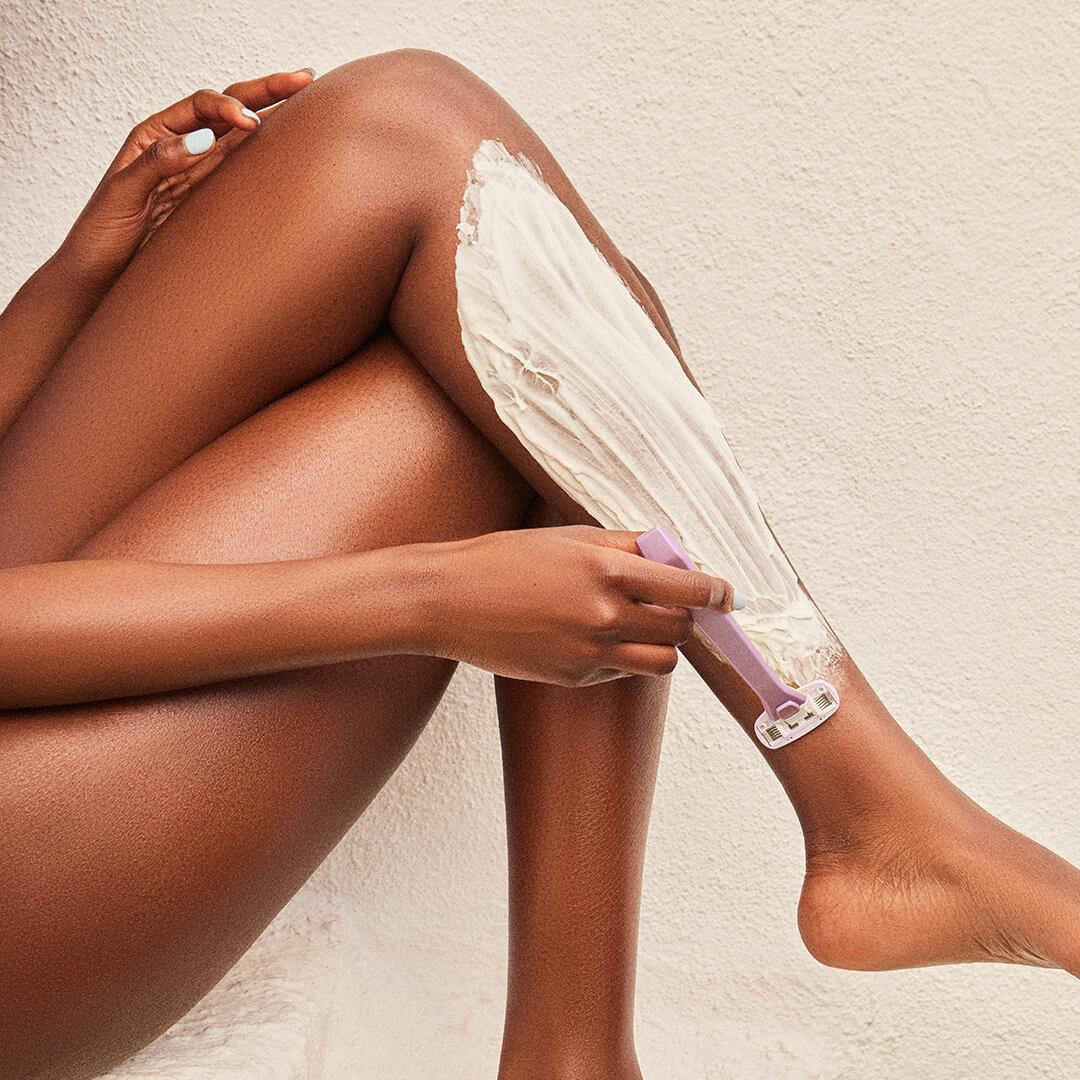

Shaving cream or shaving gel should be a staple in your shower to hydrate your skin through the whole process. Try the REFRESHMENTS Pillowy Shave Cream if you’ve been using just soap to shave. It’s made with shea butter to moisturize and lemon extract to help promote a more even, bright skin tone.
3. Don’t Skimp on Replacing Your Razor Heads


“I recommend always shaving with a fresh, sharp razor or cartridge, and using a creamy shaving cream that’ll help the blade glide well,” says Petrosian. Try out a five-blade razor for a closer shave, like the REFRESHMENTS Dazzling 5-Blade Razor Kit in Neon Fizz, which comes with two razor heads (and you can get more delivered right to your door on the reg!). Make sure to replace razors often. If your razor is rusting, appears dull, or is causing more nicks than usual, it might be time to replace. No more dull razors hanging around in the shower!
4. Don’t Go Against the Grain

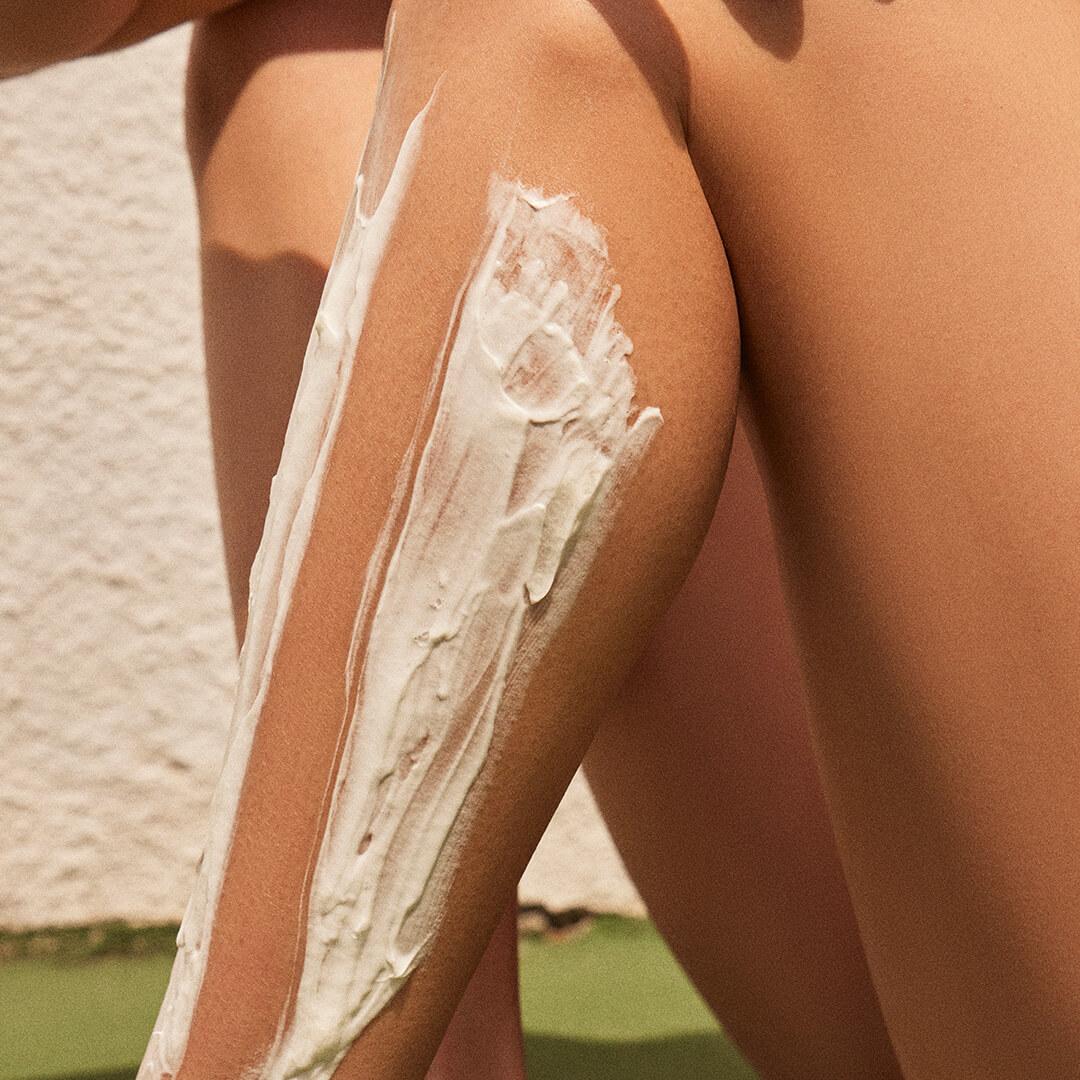
Making sure you’re shaving in the right direction is key to a close, irritation-free shave. According to Dr. Shamban, you should always shave with the direction of your hair, never against it. This will ensure hair is removed easily, evenly, and without tugging at your hair follicle.
5. Always Keep Skin Moisturized
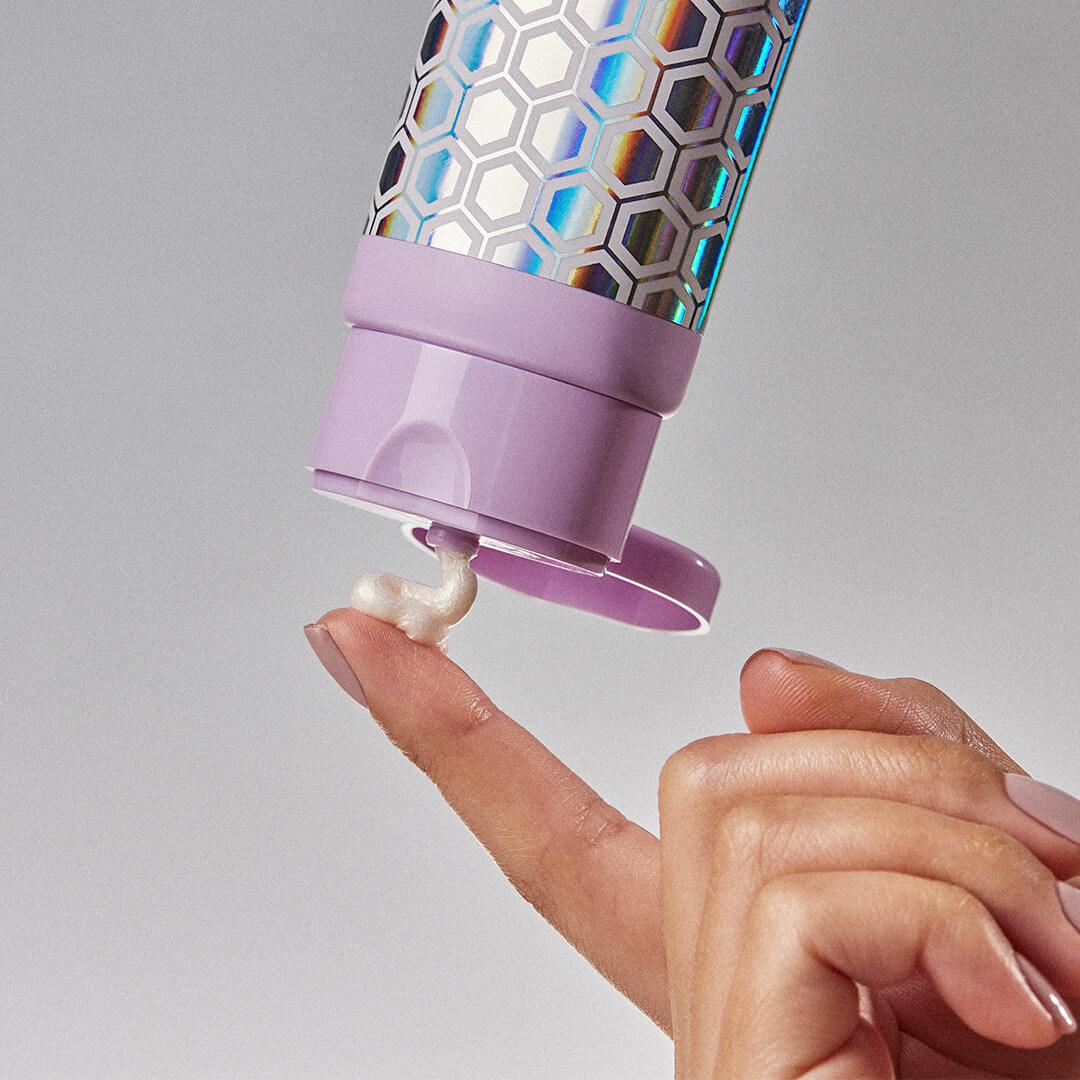

“The smoother the skin, the lower the chances of razor bumps from shaving, so I recommend moisturizing every day,” says Petrosian. After exfoliating and shaving your skin, make sure to add back moisture to help heal dry skin and calm irritation. Try the HEMPZ Original Herbal Body Moisture, which is a lotion formulated with 100% pure hemp seed oil to nourish skin.
“For healthy skin after hair removal, moisturize the skin. I recommend MAUDE Body Oil, SWEET SPOT LABS Oil Lady Suite Rejuvenating Botanical Oil, or INA LABS Nourishing Intimate Oil,” says Pratt.
6. Try a Different Hair Removal Method


If you’re always getting razor bumps even after following all of these tips, it might be time to try a different hair removal method, if your budget allows. Waxing every three to four weeks ensures the hair’s root is removed, so you’re less likely to get ingrown hairs or irritating bumps. You can also try an electric razor to trim certain areas, such as around your bikini line, so you can skip the razor altogether.
“Shaving causes irritation, ingrowns, and can cause hyperpigmentation for a lot of women. If you have a skilled esthetician, quality wax, and a skincare regimen that supports healthy skin, ingrowns are much less likely to occur,” says Pratt.
Laser hair removal can also be a great option for those prone to razor burn. “If there’s no regrowth, ingrown hair and bumps can’t form in the first place,” says Petrosian. “It gives the skin a chance to heal from aggressive hair removal methods, so with time, it can also help eliminate scars and pigmentation caused by razor bumps.” Unfortunately, though, not everyone is a candidate. Laser hair removal is more successful on those with dark hair—on any skin tone. “Unfortunately, it doesn’t work as well on light blonde, gray, or red hair,” adds Petrosian.
7. Skip Hair Removal Altogether

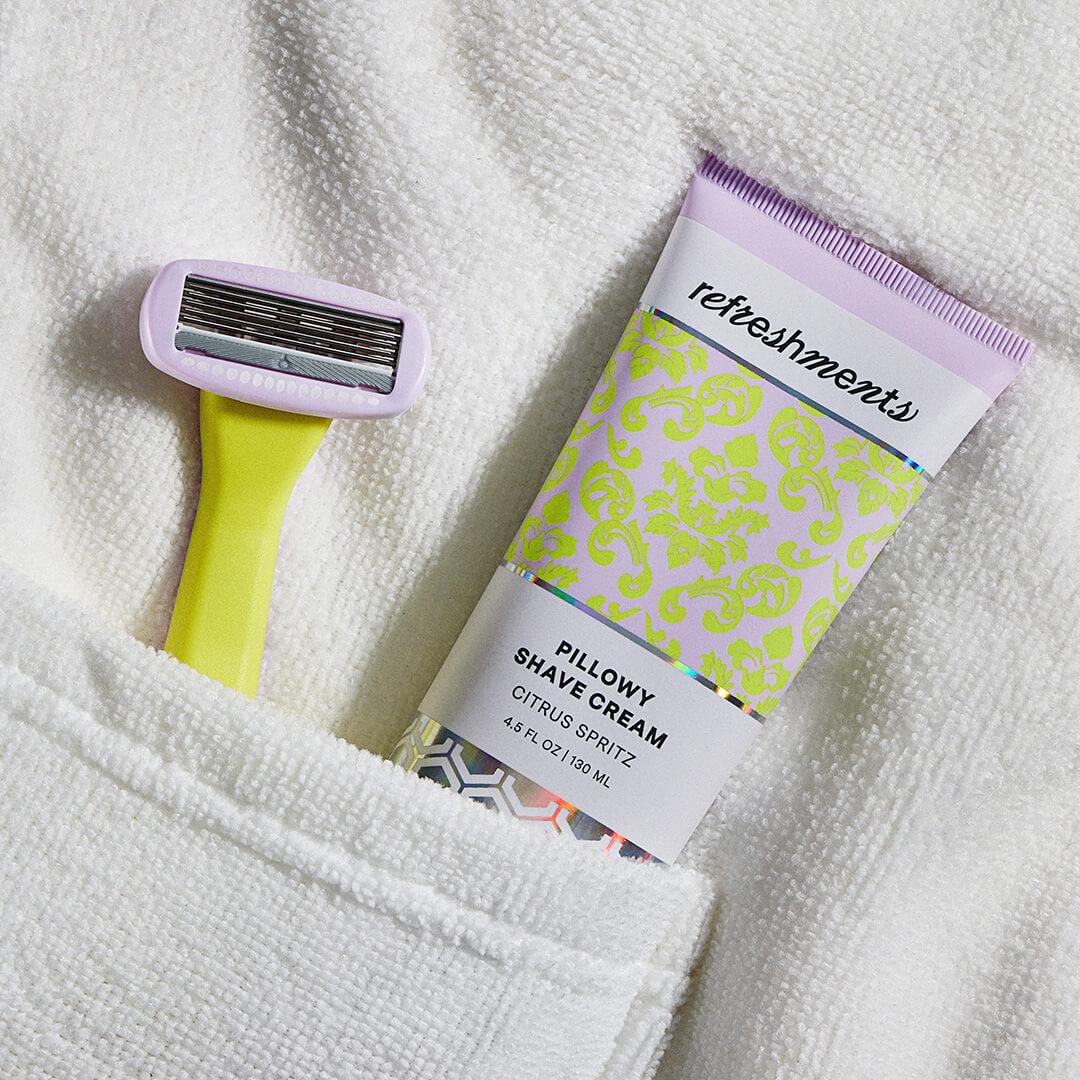
Only you decide whether or not to remove your facial hair or the hair on your body. If it’s uncomfortable or painful to shave, or if you have especially sensitive skin and keep getting rashes, just skip it all together. There’s nothing dirty or unseemly about any gender having body hair. It’s natural and completely your choice what to do with it.
Eager for more self-care tips and essentials? Take our Beauty Quiz now to get started with your own IPSY beauty subscription. Already an IPSY member? Refer your friends to earn points, which you can use toward products. Either way, don’t forget to check us out on Instagram and TikTok @IPSY.
Like this article? Share it with your friends by clicking the icons below!
Liked this post? Share!
Related Stories

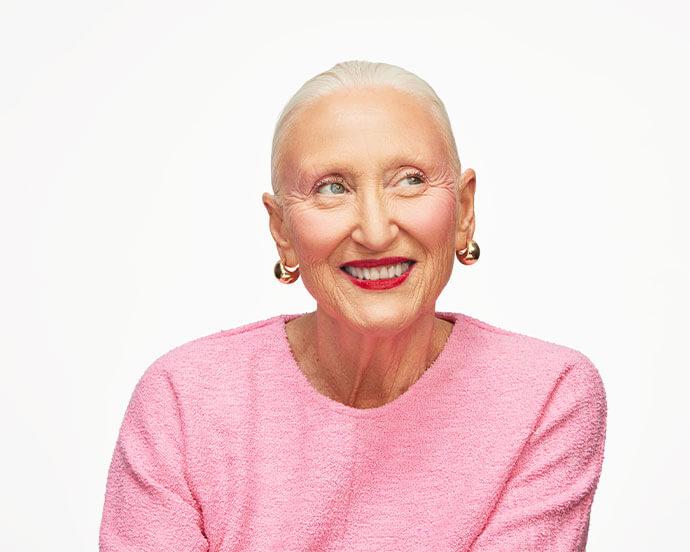
Skin
How to Adjust Your Skincare Routine for Mature Skin in the Winter
Published on Dec 4, 2025 • 7 min read


Skin
Meet the Best Moisturizers for Winter, According to Dermatologists
Published on Dec 1, 2025 • 9 min read


Skin
What Is Inflammaging—and Why Everyone’s Talking About It
Published on Dec 1, 2025 • 8 min read


Skin
6 Skincare Trends to Have on Your Radar in 2026, According to Experts
Published on Dec 1, 2025 • 7 min read


Skin
We Grabbed Our Crystal Ball and Found These 6 Skincare Predictions for 2025
Published on Dec 10, 2024 • 7 min read


Skin
Simple Self-Care Tips That Actually Make a Difference
Published on Nov 13, 2025 • 12 min read


Skin
These 9 Face Scrubs Will Unlock Soft and Smooth Skin on Contact
Published on Nov 5, 2025 • 10 min read


Skin
10 Thanksgiving Foods That Will Have Your Skin Coming Back for Seconds
Published on Oct 15, 2025 • 7 min read


Beauty Picked Just for You
Get 5 products worth up to $70
Plus exclusive access to epic deals up to 80% off
Starting at just $14/month. Cancel anytime.